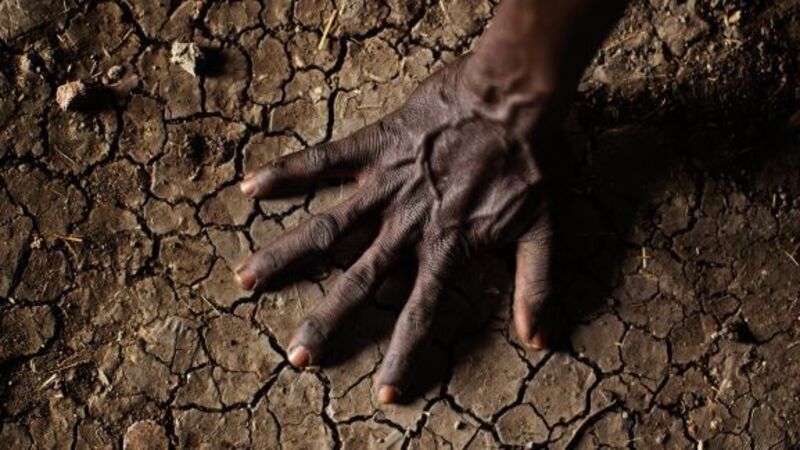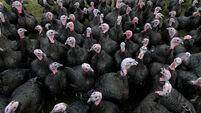Prolonged drought puts Thailand’s rice, sugar, and rubber output at risk

The dry weather has already spread to 38 of 77 provinces since September, Anan Lila, secretary-general of the Office of Agricultural Economics said.
The minor rice crop that’s now being harvested may drop 12% to 10.74 million metric tonnes, said Anan.










